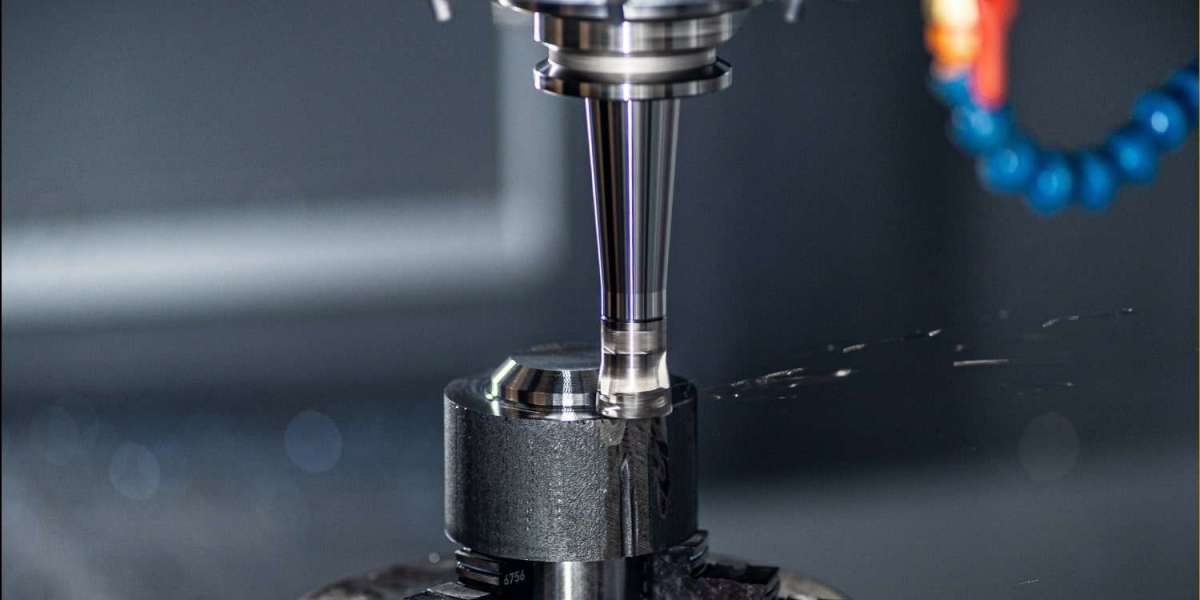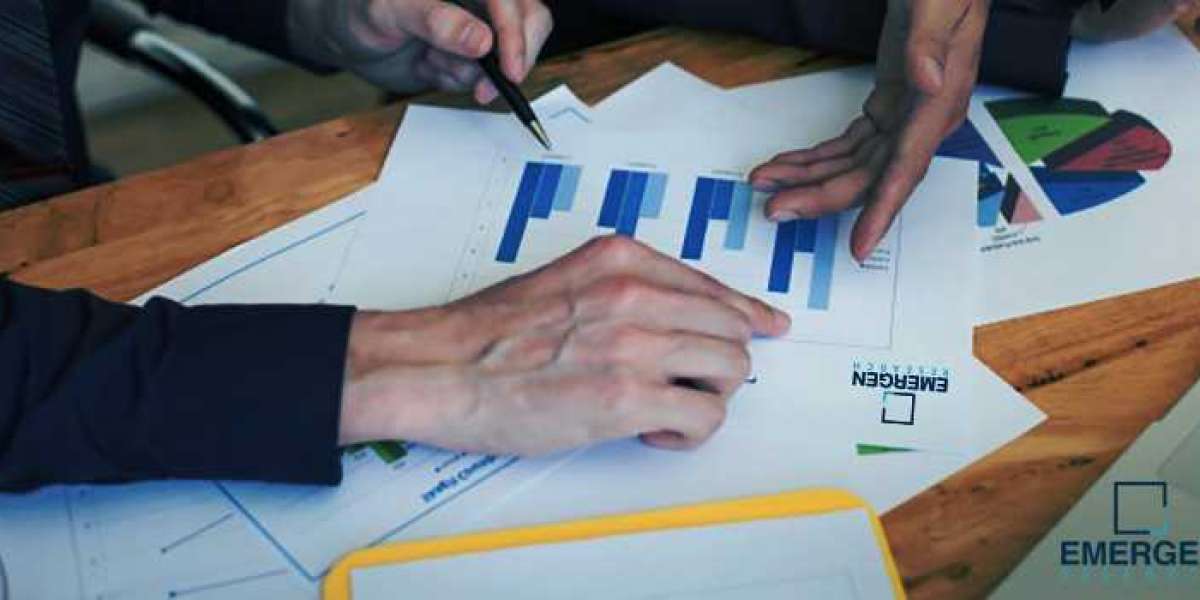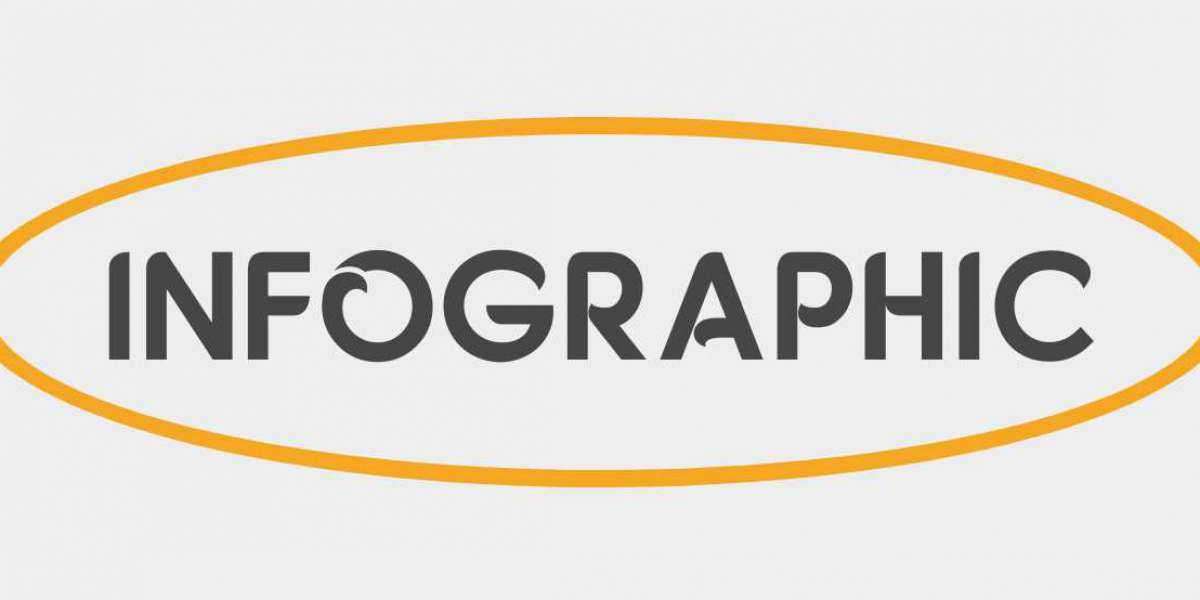CNC (Computer Numerical Control) machining is a pivotal technology in modern manufacturing, offering unmatched precision and efficiency. This guide dives into the fundamentals of CNC machining, its applications across industries, and practical insights for optimizing production processes.
Understanding CNC Machines
CNC machines automate traditional machining processes, controlled via computer programs that dictate precise movements of tools. These machines operate across various axes (typically 3-5), allowing for intricate cutting, drilling, milling, and shaping of materials such as metals, plastics, and composites.
Key Components of CNC Machines
- Controller: Acts as the brain, interpreting CAD (Computer-Aided Design) files into machine commands.
- Axes and Drives: Enable multi-directional movement of cutting tools with utmost precision.
- Tooling: Includes cutters, drills, and other implements tailored for specific machining tasks.
- Workholding: Fixtures and chucks secure raw materials during machining operations.
Types of CNC Machining Processes
- Milling: Utilizes rotating cutters to remove material from a workpiece.
- Turning: Rotates a workpiece while a cutting tool shapes it.
- Drilling: Creates holes using specialized drill bits.
- Grinding: Achieves high-precision surface finishes through abrasive grinding wheels.
Advantages of CNC Machining
- Precision: Consistently achieves tight tolerances crucial for aerospace, medical, and automotive sectors.
- Efficiency: Reduces setup times and enhances productivity compared to manual machining.
- Flexibility: Adaptable to complex geometries and rapid prototyping needs.
- Automation: Minimizes human error and optimizes resource utilization.
Applications of CNC Machining
- Automotive Industry: Produces engine components, chassis parts, and intricate molds.
- Aerospace Sector: Manufactures aircraft components, turbines, and structural parts.
- Medical Device Manufacturing: Fabricates surgical tools, prosthetics, and implants.
- Electronics: Precision machining for circuit boards and housing components.
Designing for CNC Machining
- CAD/CAM Integration: Utilize CAD software to design parts and CAM (Computer-Aided Manufacturing) to generate toolpaths.
- Material Selection: Opt for suitable materials based on strength, thermal conductivity, and machinability.
- Toolpath Optimization: Minimize tool wear and maximize efficiency through strategic toolpath planning.
Future Trends in CNC Machining
- Industry 4.0 Integration: IoT (Internet of Things) connectivity and AI (Artificial Intelligence) enhance machine monitoring and predictive maintenance.
- Additive Manufacturing: Hybrid approaches combining CNC with 3D printing for intricate, functional prototypes.
Conclusion
CNC machining continues to revolutionize manufacturing by pushing the boundaries of precision and efficiency. As industries evolve, mastering CNC technologies remains pivotal for businesses aiming to stay competitive in a fast-paced global market.








